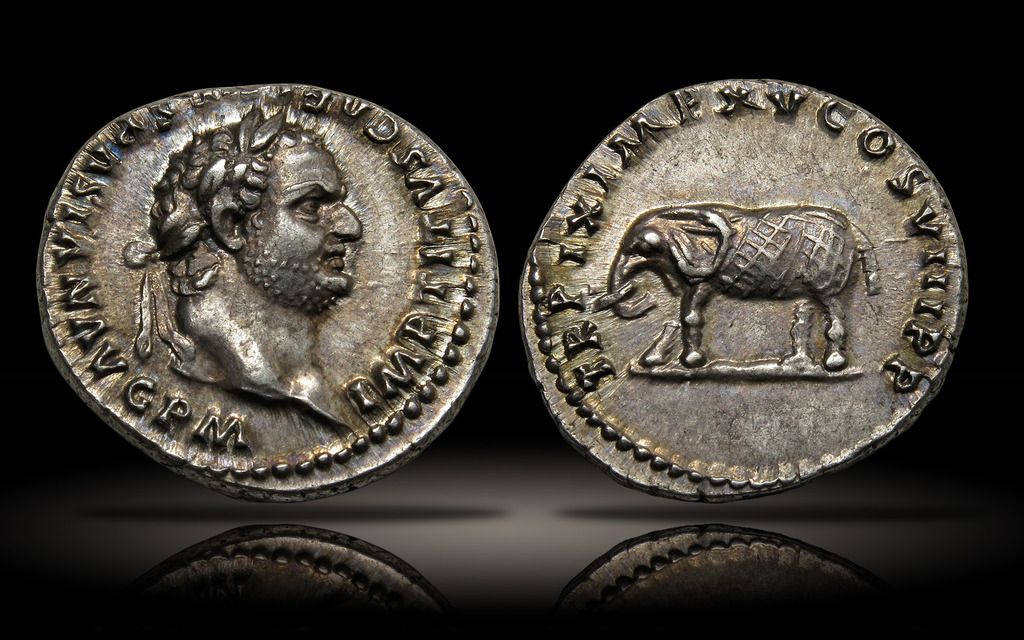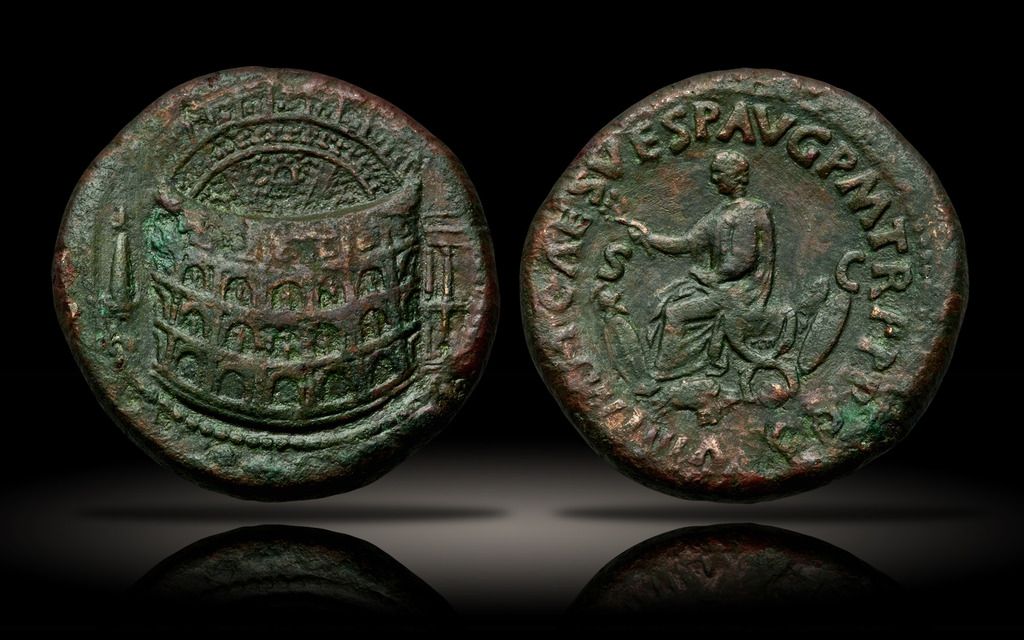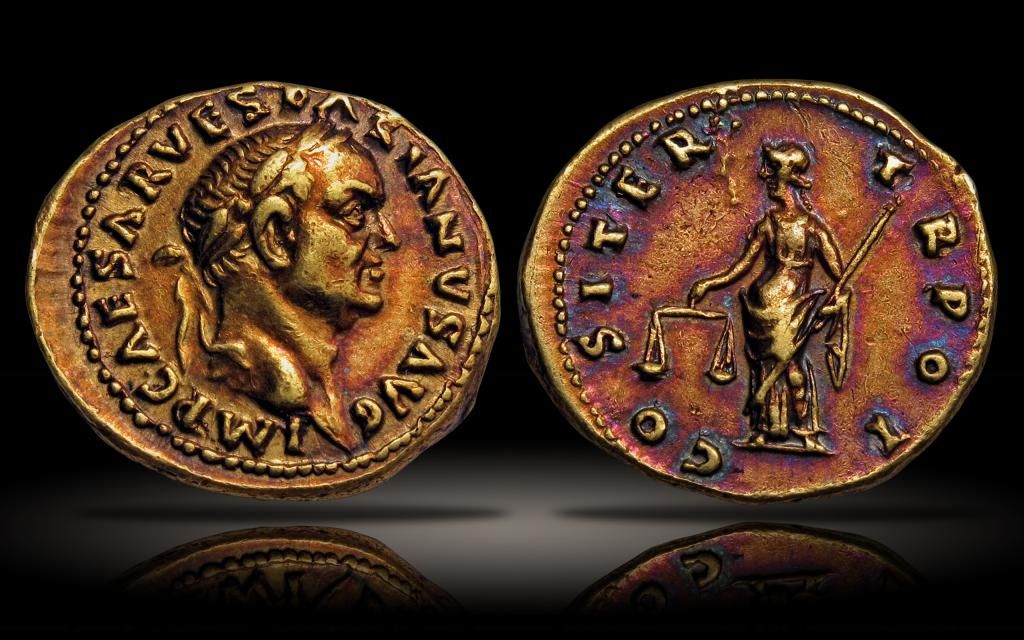Options
Elephants and the Colosseum
This coin is a continuation in my group of coins related to the history of the Colosseum, my favorite historical structure. I will likely still add a Divus Vespasian but consider the bulk of the set to be complete now:

Titus’ short reign was fraught with disasters. Vesuvius erupted in 79 AD, destroying the cities of Pompeii and Herculaneum. A disease spread across Rome in the same year, and a fire broke out shortly after which raged for three days and nights.
Seeing the need to reinvigorate a shattered population, Titus decided that it was necessary to expedite the opening of the Colosseum and to allow the people to partake in an incredible celebration.
Part of the celebration involved the minting of new coins like this one, a denarius depicting an elephant. Primarily originating in Africa, elephants were exotic and rare. During the inauguration of the Colosseum, Titus imported thousands of animals for exhibition, including elephants. Many of these animals were killed in the famous gladiator battles during the first games.
Romans prominently featured the elephant as a symbol on their coinage due to its impressive attributes. Elephants were frequently used in war and offered a major advantage over cavalry and infantry. The elephant’s size, strength, and thick, defensive hide made it a symbol of power, and, because of their long lives, they represented longevity and prosperity.
On this coin, the presence of an elephant also alludes to the desire for the success of the Flavian dynasty. Having just exited a substantial Civil War, it was hoped that the Flavians would bring a sustained period of peace to the empire.
The other related coins from my collection include my Colosseum sestertius (the centerpiece of the set):

Nero's "Status of Colossus" aureus (from which the Colosseum received its name):

And a Boscoreale aureus of Vespasian, the emperor under which construction of the Colosseum began:

Post your elephants or coins of Titus!

Titus’ short reign was fraught with disasters. Vesuvius erupted in 79 AD, destroying the cities of Pompeii and Herculaneum. A disease spread across Rome in the same year, and a fire broke out shortly after which raged for three days and nights.
Seeing the need to reinvigorate a shattered population, Titus decided that it was necessary to expedite the opening of the Colosseum and to allow the people to partake in an incredible celebration.
Part of the celebration involved the minting of new coins like this one, a denarius depicting an elephant. Primarily originating in Africa, elephants were exotic and rare. During the inauguration of the Colosseum, Titus imported thousands of animals for exhibition, including elephants. Many of these animals were killed in the famous gladiator battles during the first games.
Romans prominently featured the elephant as a symbol on their coinage due to its impressive attributes. Elephants were frequently used in war and offered a major advantage over cavalry and infantry. The elephant’s size, strength, and thick, defensive hide made it a symbol of power, and, because of their long lives, they represented longevity and prosperity.
On this coin, the presence of an elephant also alludes to the desire for the success of the Flavian dynasty. Having just exited a substantial Civil War, it was hoped that the Flavians would bring a sustained period of peace to the empire.
The other related coins from my collection include my Colosseum sestertius (the centerpiece of the set):

Nero's "Status of Colossus" aureus (from which the Colosseum received its name):

And a Boscoreale aureus of Vespasian, the emperor under which construction of the Colosseum began:

Post your elephants or coins of Titus!
Learn about our world's shared history told through the first millennium of coinage: Colosseo Collection
0
Comments
World Collection
British Collection
German States Collection
Steve
Latin American Collection
I have this type for my Titus slot in my "12 Caesars" set.
http://www.tantaluscoins.com/coins/110330.php